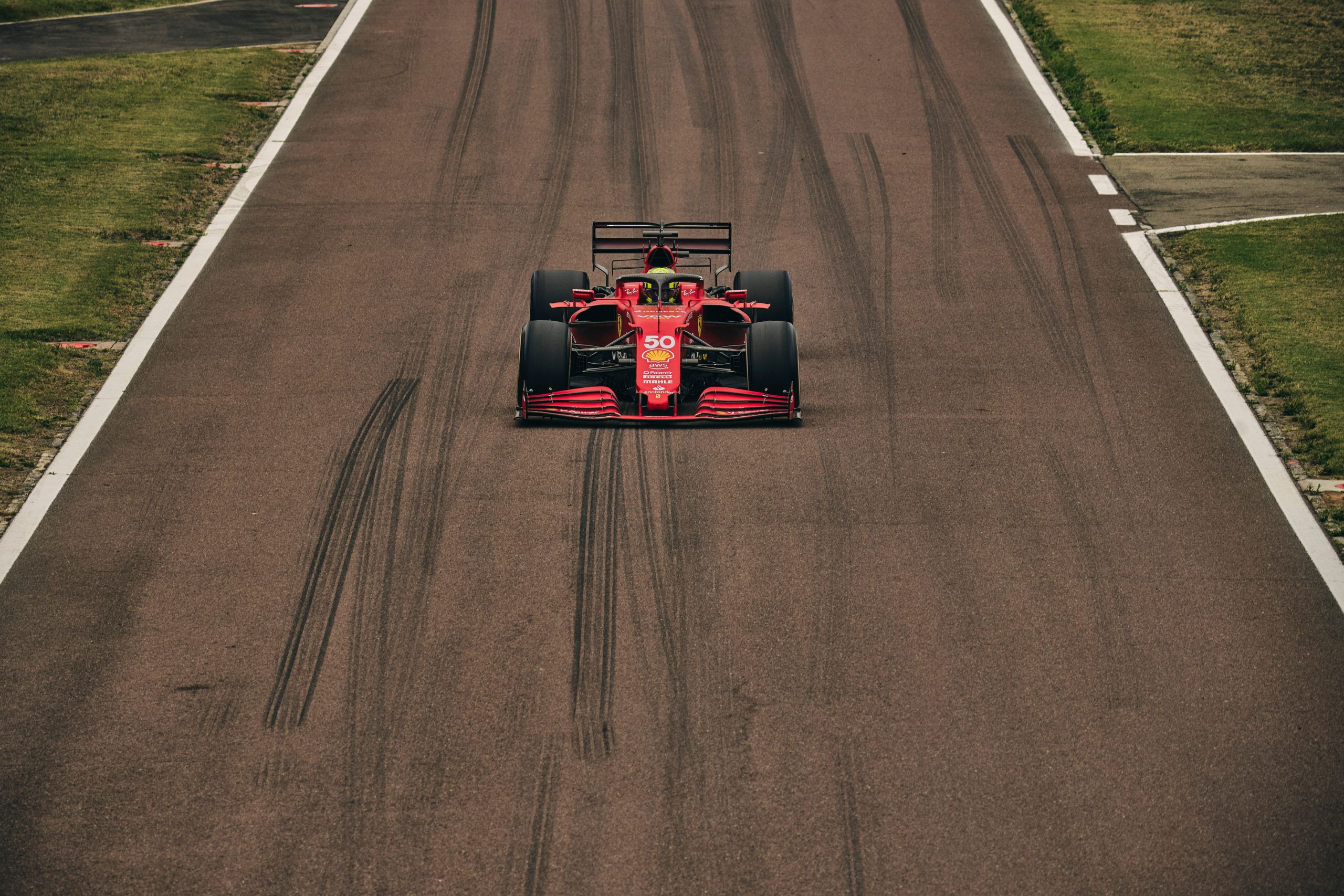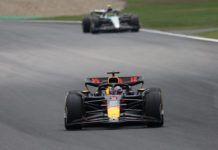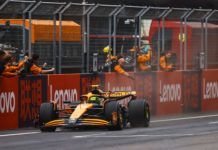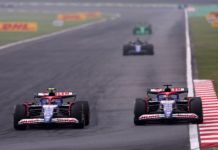The FIA has posted the changes to the 2024 F1 Sporting Regulations especially on the side of tyre testing, power unit elements and more.
As opposed to two 3-day testing, the F1 2024 season will have only one in Bahrain ahead of the first grand prix. With limited scope of private running, the FIA has provided some extra days for the teams and Pirelli to undertake their testing programme.
There will be 40 days of tyre testing after Pirelli’s request to increase it by five days. In addition to that, there will be four extra days of running where the FIA will be trialing the spray reducing mechanism alongside intermediate and full wet testing.
In another ease, the FIA has increased the kilometers by 100 for filming days with a total of 200 km that be run by the F1 teams. However, they have clarified that the teams can carry out only one promotional filming event in a single day.
There is some relief on the side of Testing Previous Cars rule where F1 teams can run the cars from 2022 season, but they are only allowed to use parts used in at least one grand prix that year. This is to not allow them from running any untested parts for development.
“TPC may only be carried out with cars constructed to the specification of the period,” it stated. “Cars must only use components and software of a specification that have been used in at least one (1) Competition or TCC of a Championship season during the period stated in Article 10.2.a.
“Exceptionally, and at the sole discretion and prior approval of the FIA, components and/or software may be fitted for TPC that do not comply with Article 10.2.c, for cost, reliability, safety, lack of availability or track condition reasons. In such cases Competitors must submit a formal request to the FIA detailing the reasons such components and/or software need to be fitted.
“No test parts, sensors, instrumentation, test software, component changes, operational tests or procedural tests will be permitted which give any sort of information to the Competitor that is related to cars of the current Championship or cars complying with TCC. The provisions of Article 8.15 of the Technical Regulations will not be applicable. For the avoidance of doubt, only instrumentation and sensors that are required for the reliable operation of the car and have been fitted at one or more races of the period will be permitted.”
Among other changes, the power unit usage has once again ratified after mid-season changes made in 2023. Last year, after a unanimous request, the parts like Internal Combustion Engine, MGU-H, Turbochargers and MGU-K, were increased to four.
But the FIA has once again decreased it to three per driver, while parts like Control Electronics and Energy Stores remain at two per driver. Also, the race start procedure will see drivers leaving pitlane 40 minutes ahead of the formation lap as opposed to 50.
Additionally looking at the 2026 regulations and as per expectation, the FIA has pushed and delayed working on that project by another season as they will not be allowed to start with their programme before the end of the 2024 F1 season.
“In order to prevent testing which aims to develop for the 2026 season, from 1/12/2023 until 1/1/2025 inclusive, RWTT may only be carried out using a scale model that substantially complies with the 2023, 2024 or 2025 F1 Technical Regulations,” it stated. “With the exception of dyno testing aimed to develop brake system components with minimal air ducting and provided such tests do not concurrently test (or in any way provide incidental data or knowledge on) the performance or endurance of parts or systems classified as bodywork, no wind tunnel testing may be carried out using car geometry partially or wholly compliant with and/or substantially derived from drafts and/or published versions of the 2026 F1 Technical Regulations or FIA proposed 2026 bodywork geometries and concepts.
“In order to prevent CFD simulations which aim to develop for the 2026 season, from 1/12/2023 until 1/1/2025 inclusive, RCFDs may only be carried out using geometries that substantially comply with the 2021-2025 F1 Technical Regulations. Except for the sole purpose of the development of brake system components and associated test rigs but excluding any development of parts or systems classified as bodywork, no RCFD simulations may be carried out using car geometry partially or wholly compliant with and/or substantially derived from drafts and/or published versions of the 2026 F1 Technical Regulations or FIA proposed 2026 bodywork geometries and concepts.”
Here’s the full F1 2024 Sporting Regulations: https://www.fia.com/sites/default/files/fia_2024_formula_1_sporting_regulations_-_issue_3_-_2023-12-06.pdf
Here’s FIA stopping conflict investigation
Here’s F1 teams backing Mercedes
Here’s FIA statement on potential conflict
Here’s F1 revealing venues of sprint races
Here’s new report on Madrid GP
Here’s FIA alerting F1 fans
Here’s link to a F1 Discord channel, join in to interact



















